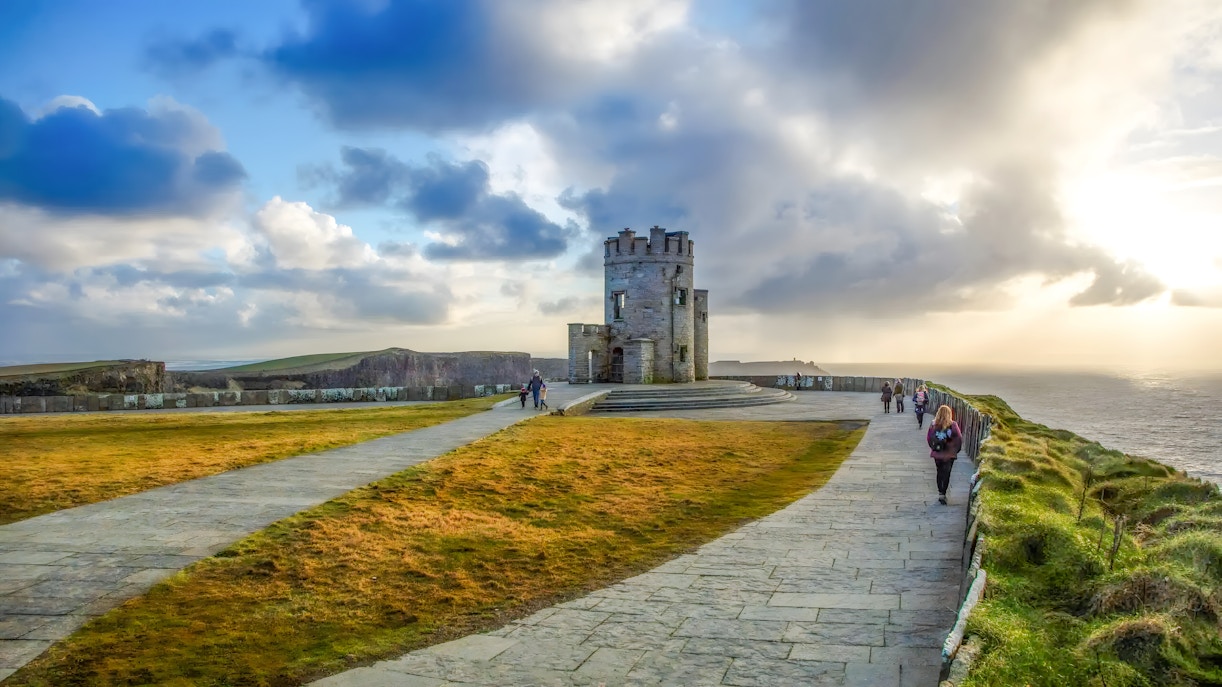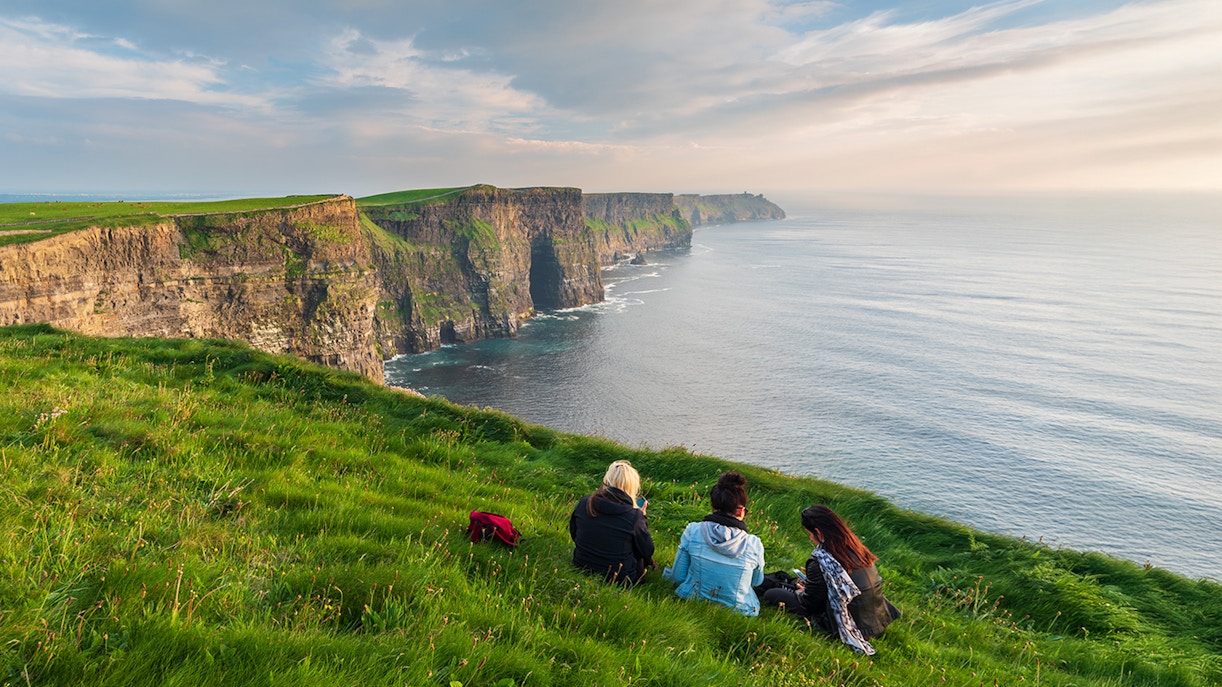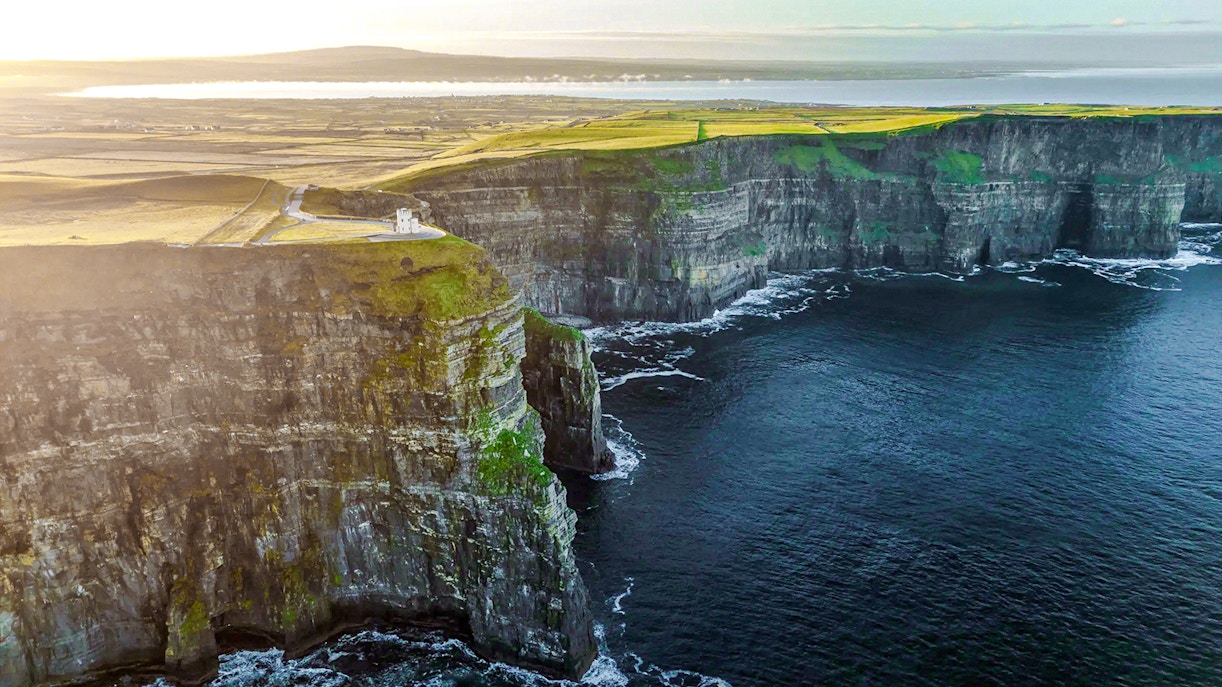The Cliffs of Moher Visitor Centre is open daily throughout the year, with extended hours in summer and shorter hours in winter.
- March & April: 8am to 7pm
- May to August: 8am to 9pm
- September & October: 8am to 7pm
- November to February: 9am to 5pm
The last entry is one hour before closing time. The site remains open year-round except on December 24 to 26. Always check the latest weather forecast before visiting, as high winds can affect access to certain viewing areas.



